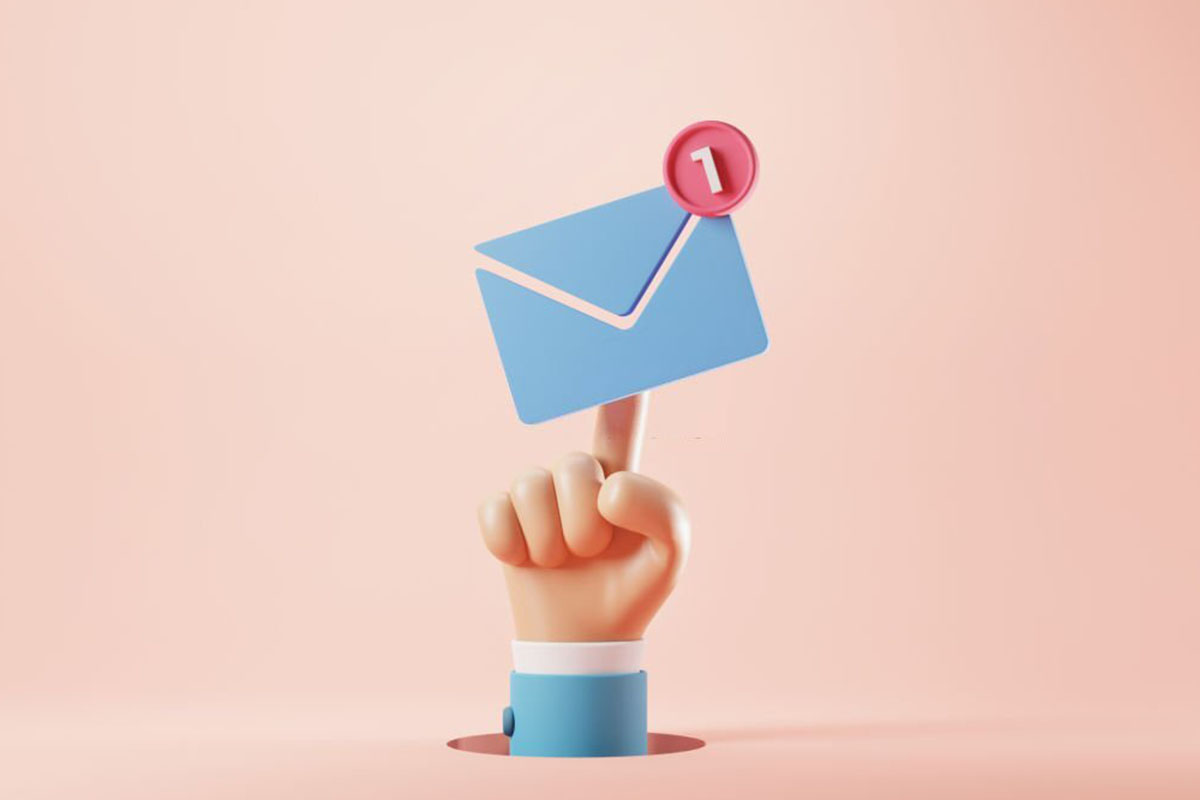Introduction to Email Marketing for Small Businesses: Tips for Getting Started on a Budget
Email marketing is a powerful tool for small businesses. It allows you to reach your customers directly, build relationships, and promote your products or services. However, many small business owners are hesitant to start an email marketing campaign because they think it’s too expensive or complicated.
The truth is email marketing can be done on a budget and it’s not as difficult as you might think. In this Email Marketing for Small Businesses Tips for Getting Started blog post, we’ll share some tips for getting started with email marketing for your small business.
Why Email Marketing is Important for Small Businesses
Email marketing is a cost-effective way to reach your customers, build brand awareness, and increase sales. According to a survey by the Direct Marketing Association, email marketing has an average return on investment (ROI) of 3800%. That means for every $1 spent on email marketing, businesses can expect an average return of $38.
Here are some other benefits of email marketing for small businesses:
- Builds Relationships: Email marketing allows you to connect with your customers on a personal level. You can use email to share news, updates, and promotions with your subscribers.
- Increases Sales: Email marketing can help drive sales by promoting your products or services directly to your customers.
- Cost-Effective: Email marketing is much cheaper than traditional marketing methods like print or TV advertising. You can reach a large audience with a relatively small budget.
- Measurable: Email marketing campaigns are highly measurable. You can track open rates, click-through rates, and conversions to see how your campaign is performing.
Getting Started with Email Marketing
Now that you know the benefits of email marketing, let’s look at how to get started.
1. Choose an Email Marketing Service
The first step in getting started with email marketing is to choose an email marketing service. There are many options available, but some popular ones include Mailchimp, Constant Contact, and AWeber. These services offer templates, automation tools, and analytics to help you create and track your campaigns.
2. Build Your Email List
The next step is to build your email list. You can do this by adding a sign-up form to your website, offering a free download or discount in exchange for email addresses, or collecting email addresses at events or in-store.
It’s important to get permission from your subscribers before sending them emails. This is called opt-in marketing, and it ensures that your subscribers actually want to receive your emails.
3. Create Your Campaign
Once you have your email list, it’s time to create your campaign. Your campaign should have a clear goal, whether it’s to promote a new product or to share a newsletter.
Make sure your emails are visually appealing and easy to read. Use short sentences and paragraphs to make it easy for your subscribers to scan your email quickly.
4. Track Your Results
After sending your campaign, it’s important to track your results. Most email marketing services offer analytics that allow you to see how many people opened your email, clicked on links, and converted into customers.
Use this information to improve your future campaigns. For example, if you notice that a certain subject line gets higher open rates, use similar subject lines in your next campaign.
Conclusion on Email Marketing for Small Businesses Tips for Getting Started
Email marketing is a powerful tool for small businesses. It’s cost-effective, measurable, and allows you to build relationships with your customers. By following these tips, you can start an email marketing campaign on a budget and see results quickly.
Engage Your Audience and Boost Conversions with Our Expert Copywriting Services.
Need more help with your email marketing strategy? Don’t let unanswered email marketing questions hold you back – contact us today to get the answers you need.

